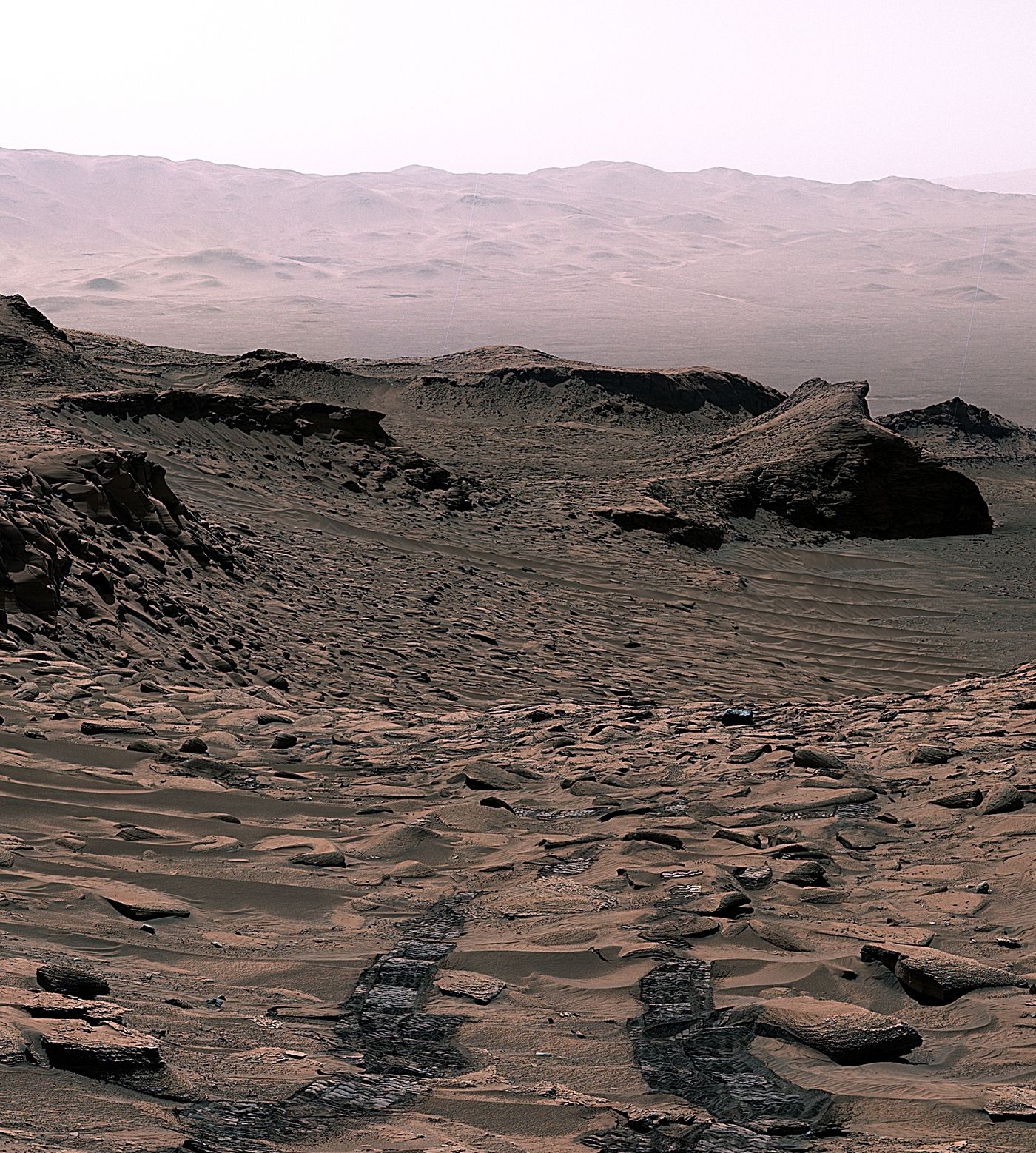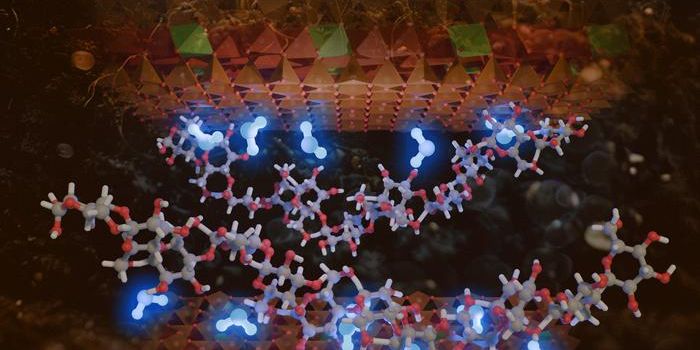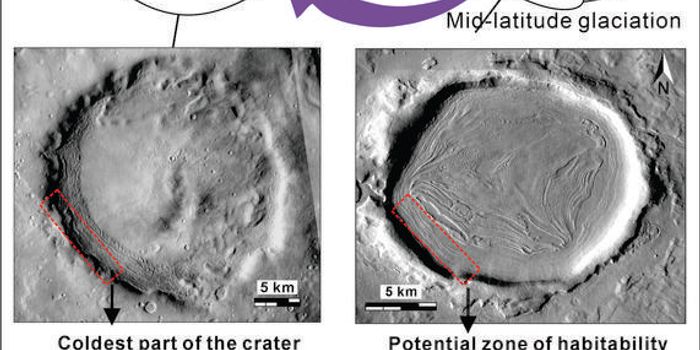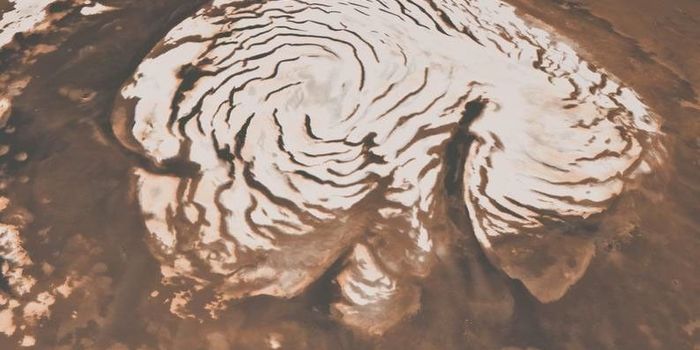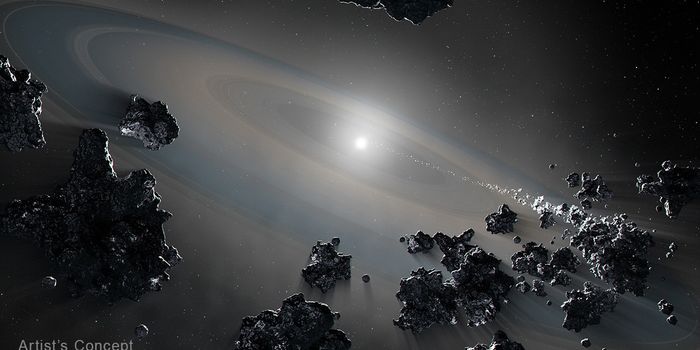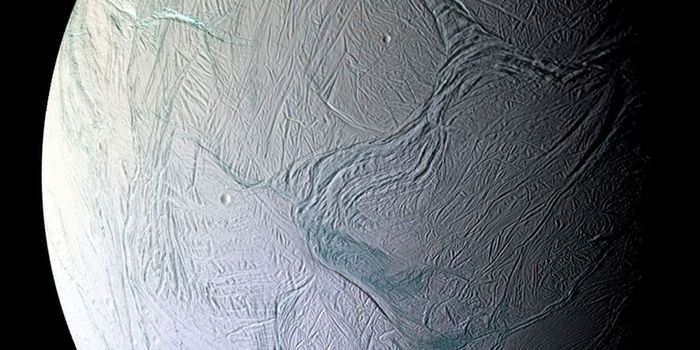NASA's Curiosity Finds Carbon Clues in Gale Crater
What can carbon deposits on Mars tell scientists about whether life could have once existed on the Red Planet? This is what a recent study published in Science hopes to address as an international team of more than two dozen scientists investigated recent findings by NASA’s Curiosity rover that could provide clues regarding the ancient history of Mars and whether it could have once supported life as we know it.
For the study, researchers analyzed data obtained by Curiosity in Gale Crater regarding carbon deposits allegedly showing evidence that carbon dioxide was soaked up from the atmosphere, which is a common process on Earth called carbon sequestration. The researchers ascertained that these deposits were initially formed in a water-limited environment and encountered water-rock interactions and evaporation back into the atmosphere. They concluded that carbon dioxide escaped these rocks at some point and returned to the atmosphere, indicating a partially closed carbon cycle, which is one of the three main cycles on Mars, the other two being water and dust, respectively.
“The discovery of large carbon deposits in Gale Crater represents both a surprising and important breakthrough in our understanding of the geologic and atmospheric evolution of Mars,” said Dr. Ben Tutolo, who is an associate professor in the Department of Earth, Energy, and Environment at the University of Calgary and lead author of the study.
Image of Gale Crater on Mars obtained by NASA's Curiosity rover in August 2023. (Credit: NASA Jet Propulsion Laboratory-Caltech/Malin Space Science Systems)
While Mars is a cold and dry world today, things were much different billions of years ago, as scientists hypothesize that Mars was home to massive oceans, lakes, seas, and rivers of flowing liquid water cascading across the planet’s surface. However, scientists are still trying to piece together exactly what happened to cause the water to vanish, leaving Mars what we see today.
What new discoveries about potential ancient life on Mars will researchers make in the coming years and decades? Only time will tell, and this is why we science!
As always, keep doing science & keep looking up!
Sources: Science, ScienceDaily
